FORWARD OPERATING BASE MAREZ, MOSUL, Iraq - The door flies open and floods the dark room with a blast of light. Two Soldiers are standing in the doorway geared up in hazardous material suits ready to identify nuclear, biological and chemical contaminants in an abandoned building using toxic industrial chemical protection equipment.
But on this day, the Soldiers from the Chemical, Biological, Radiological and Nuclear Platoon, Headquarters and Headquarters Company, 3rd Heavy Brigade Combat Team, 1st Cavalry Division, are conducting a hands-on exercise, the culmination of a five-day, classroom-training regimen. These Soldiers are preparing to take on missions that deal with assessing a potentially contaminated area and decontaminating it of nuclear, biological and chemical threats.
Forward Operating Base Diamondback hosted the training for the CBRN Plt., one of 10 specialized HAZMAT teams posted in Iraq. This training is designed to hone their skills so they can quickly react to real-world situations.
"This is a familiarization exercise on how to use the equipment and conduct an operation efficiently in actual scenarios," explained Jose W. Melendez, a field service representative who has been conducting the training in Iraq since 2006.
In this particular scenario, the CBRN Plt. has been given a mission to conduct an analysis on an abandoned building that may contain hazardous materials. Their objective is to locate the hazardous materials, identify them and decontaminate the area with electronic chemical detection equipment, hazardous material suits and field decontamination equipment. The emphasis here is for the platoon to use troop leading procedures and mission analysis to effectively evaluate the environment and ensure it is safe.
"This training assists NBC teams in their development of the ability to go through a mission smoothly," said Sgt. 1st Class Oscar Manners, the 25th Inf. Div.'s CBRN senior noncommissioned officer.
The CBRN Plt., like many of their counterparts, received initial training on the new protection equipment in the United States prior to their deployment. The program in Iraq is modeled after that course. Its syllabus is designed to introduce or reintroduce the Soldiers to the specialized electronic detection and decontamination equipment that they will be using on missions.
"It's given me a knowledge base of everything that is currently being used out there and how to deal with it if we ever came into a real world situation," said Sgt. Victoria Silers, CBRN Plt.'s reconnaissance section team leader.
The field service representatives that are conducting the training and teams like the CBRN Plt. realize that in areas like Iraq the necessity for this training is extremely important due to roadside bombs such as in improvised explosive devices.
"It's a different operational environment than a normal war," Melendez said. "Obviously there are a lot of IEDs and other types of explosives that [insurgents] use; so having a team that can go out and identify and remove that from the operational environment is vital for the war fighters out there."
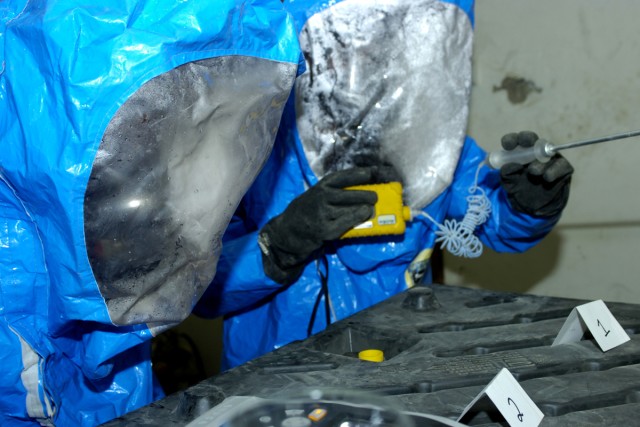
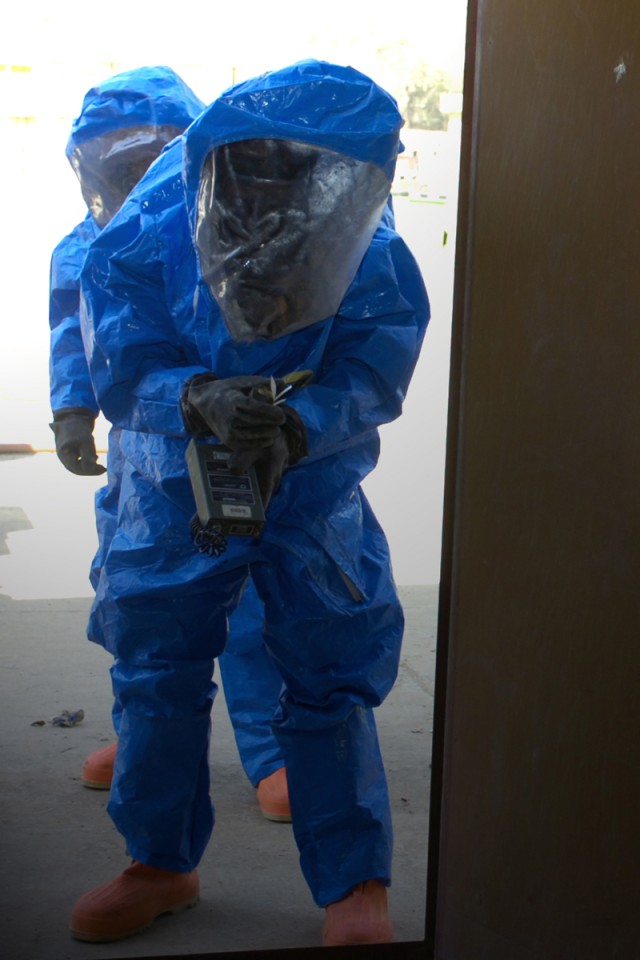
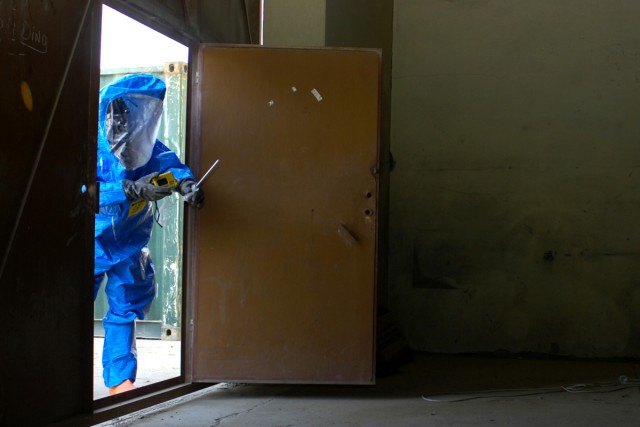
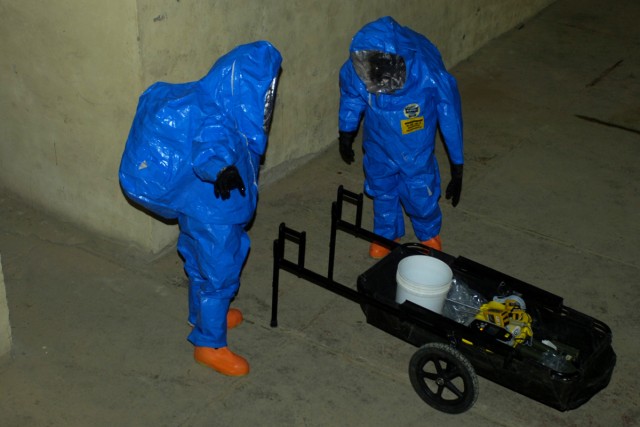
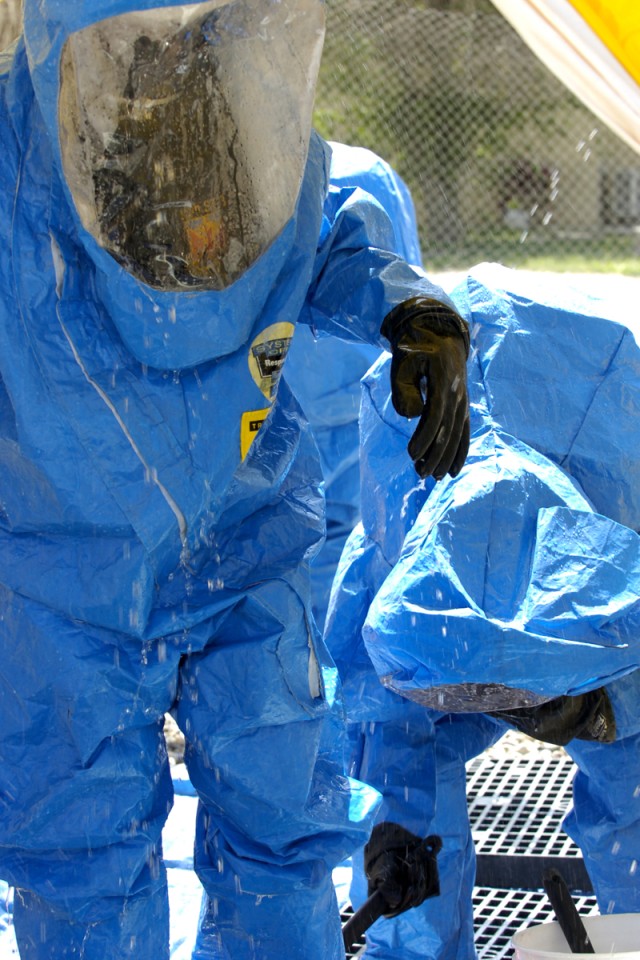
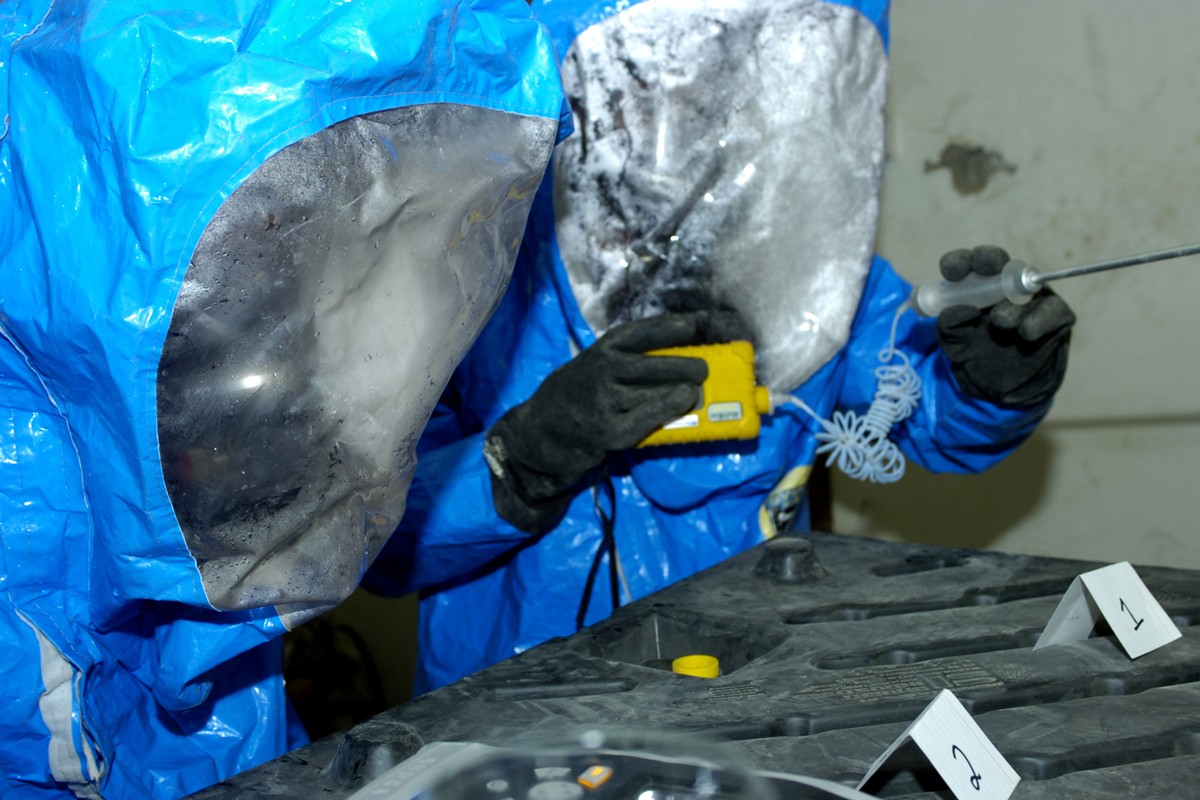
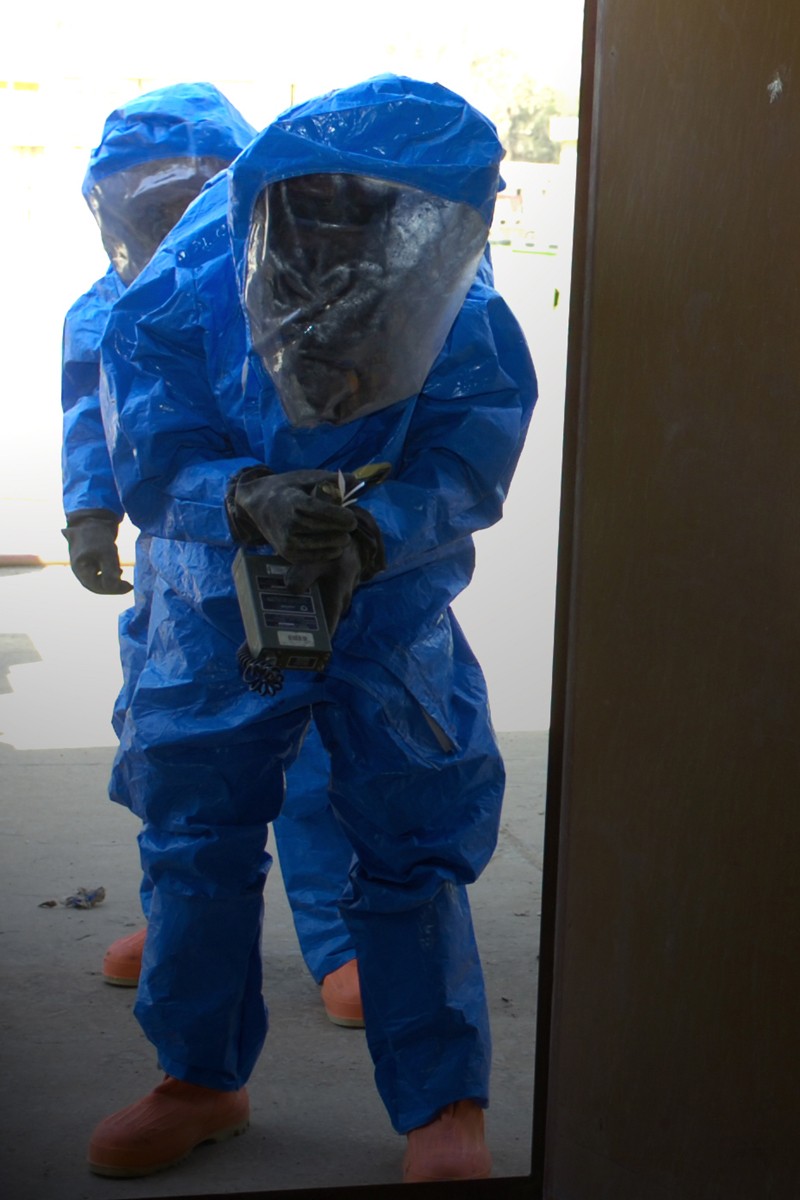
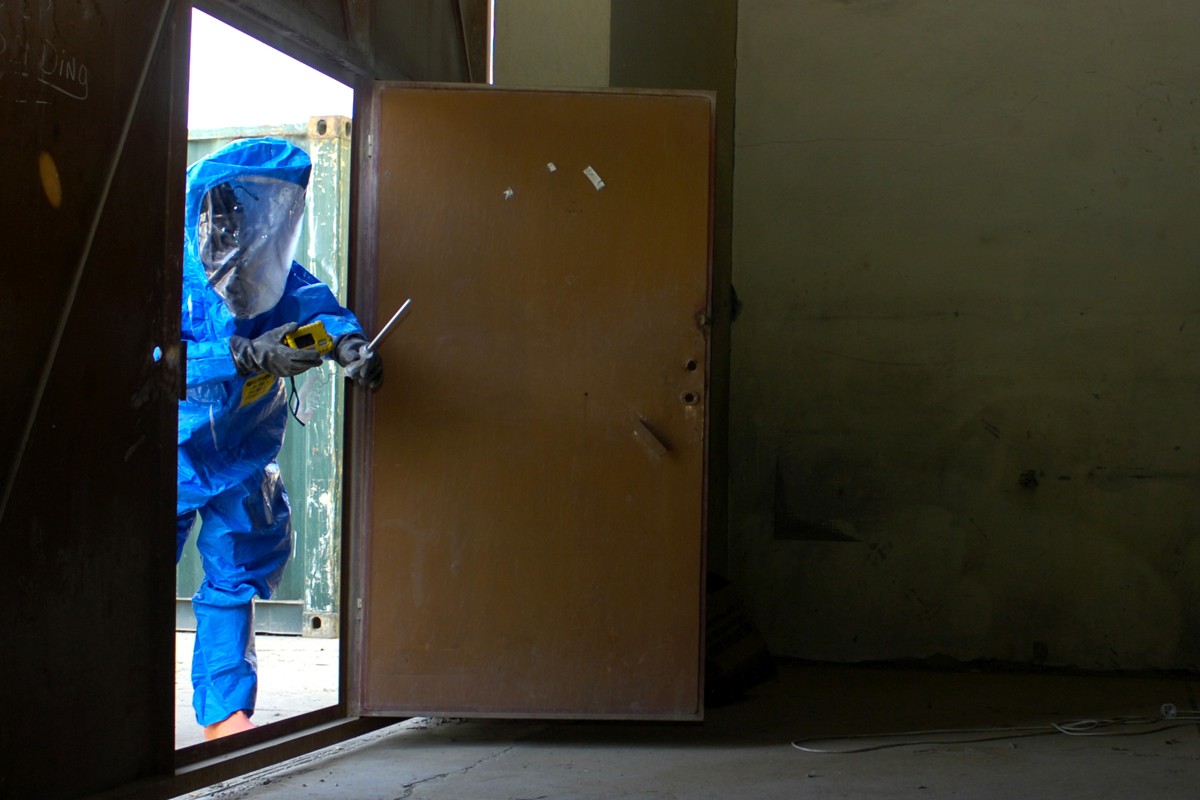
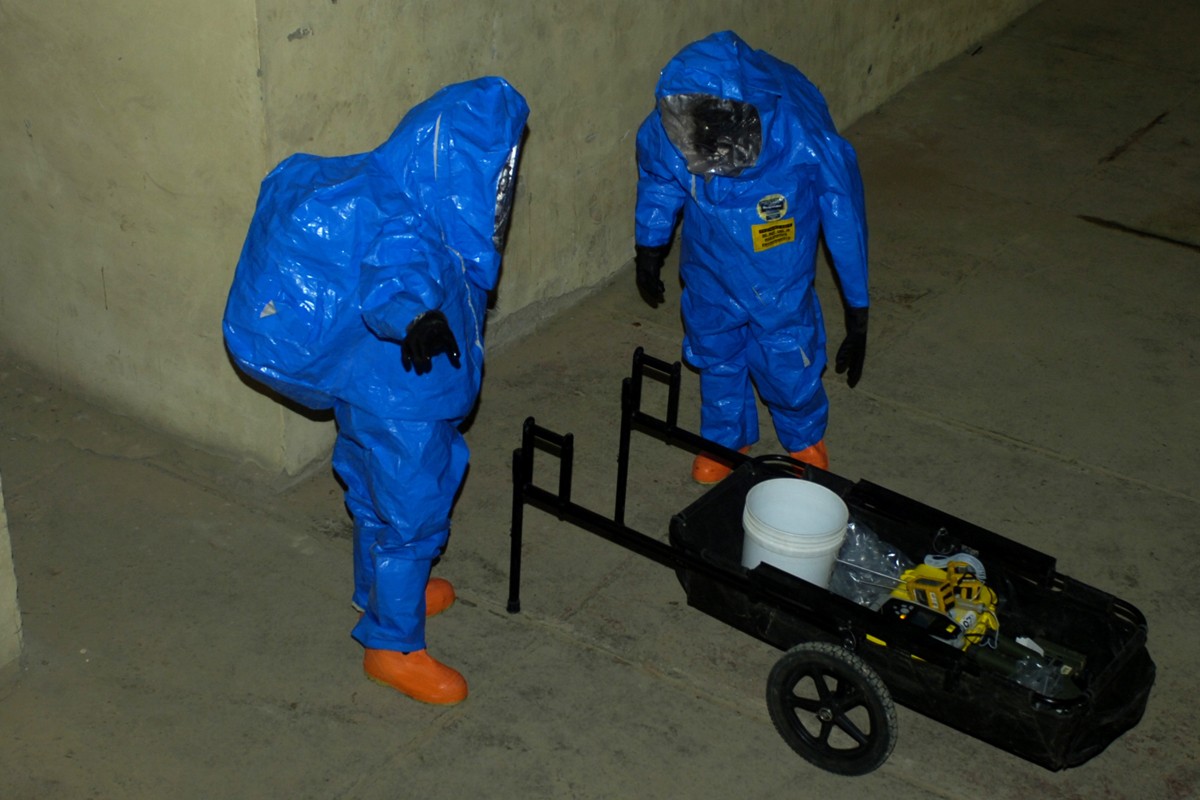
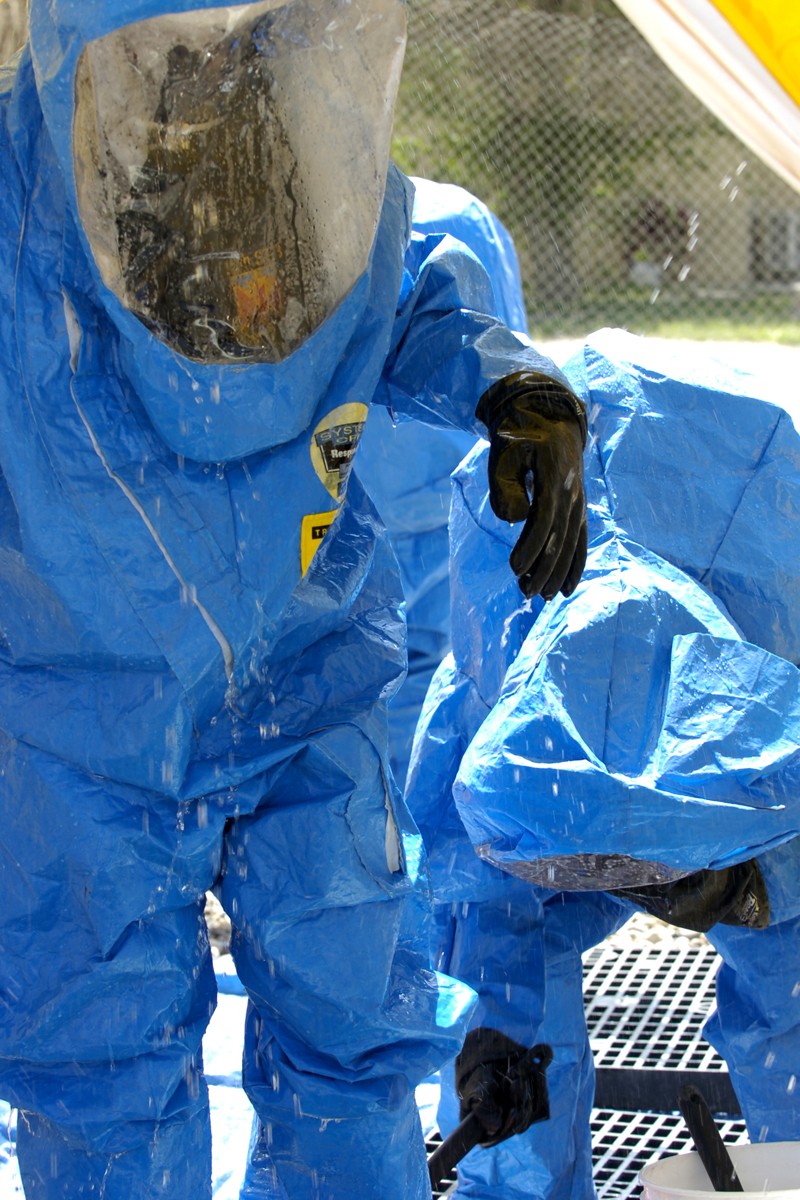
Social Sharing